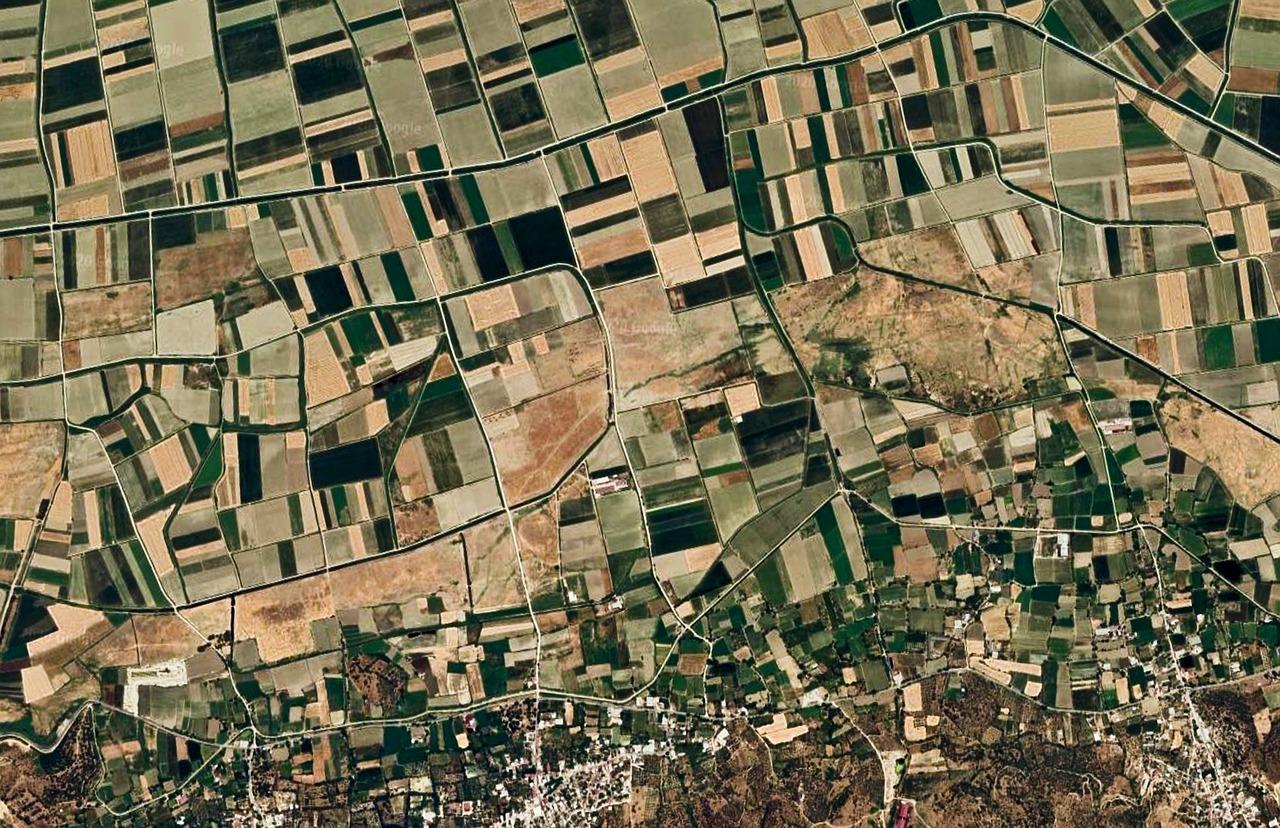The Most Exciting Architecture Today
An article on Thought Co., “Build to Save Energy,” states that the most exciting structures being built today are “energy-efficient, sustainable, and thoroughly green.” Interesting projects include building solar homes, adding solar panels to old houses, building geodesic and monolithic domes, building modular homes, building smaller homes, building with Earth, imitating nature, and remodeling to save energy.
Many of these approaches are being applied to much larger buildings. IndustryTap has written articles about green skyscrapers. For more examples of energy efficient architecture both large and small, see Inhabitat’s Energy Efficient Architecture page and Architect Magazine’s energy efficiency page.
Excessive energy use not only wastes money but increases the emission of greenhouse gas (GHG) emissions thereby exacerbating the vagaries of climate change. See “The Sustainable Sites Initiative” that is one of the most comprehensive systems for developing sustainability.
Enter “Productive Architecture”
Productive architecture is a new movement that seeks to deliver human, economic, and environmental benefits that promote health, happiness, and inspiration. This sounds a bit like “pie-in-the-sky” but the fact is, going forward, buildings must be environmentally friendly, produce surplus renewable energy, and make sure waste generated does not pollute groundwater.
The MIT School of Architecture & Planning helps architects optimize design and energy efficiency through the creation of simulations, case studies, and visualizations to guide the planning process, and the use of new insulation materials, improved architectural techniques, and modified construction methodology during the building process. MIT’s methodology includes considering cost and constructibility and encourages architects and structural engineers to work together during the design process.
Sustainable Architecture’s Effects on Home & Building Design
Sustainable architecture is an attempt to minimize the impact of buildings on the environment mostly by improving efficiency through improved materials and building systems, making use of daylight with optimal window and skylight placement, minimizing heat from the sun and air movements in the summer, maximizing heat gain from the sun, reducing indoor heat loss during the winter, and designing buildings that leverage natural air convection for ventilation.1
There are many ways of measuring energy efficiency in building design. For example, residential property owners can get a “Home Energy Score” from the United States Department of Energy that rates energy efficiency based on a home’s structure, and its cooling, heating, and hot water systems.
Sustainable architecture focuses on:
- heating, ventilation, and cooling system efficiency
- renewable energy generation using solar panels, wind turbines, solar water heating, and heat pumps
- sustainable building materials, including recycled materials, lower-volatile organic compounds, and the creation of material sustainability standards
- waste management
- building placement
- sustainable building consulting
- sustainable urbanism and architecture
Sustainable Design & Development Principles Applied to Landscape Design
In the following video, “D.C. Park Puts Sustainable Landscaping on Display for Communities,” the U. S. Green Building Council (USGBC) explains that:
“For more than 80 years, Bartholdi Park at the U.S. Botanic Garden in Washington, D.C., has served as a demonstration garden for residents and visitors visiting the nation’s capital. When it came time to undergo a renovation, the team saw an opportunity to show how applying sustainable design and development principles can help elevate the value of land in a way that better serves communities and the environment. Watch the journey and see how the SITES-certified Bartholdi Park has become a model for sustainable landscape design and development.”
Finally, the following video discusses productive architecture: “Forget Sustainability, Productive Architecture is the Next Big Thing.”
Footnotes:







